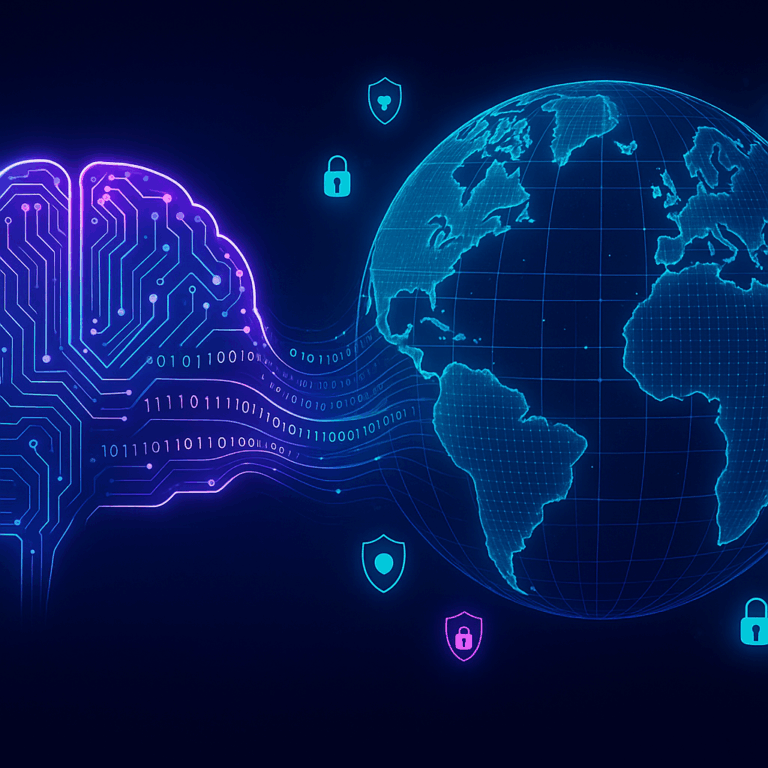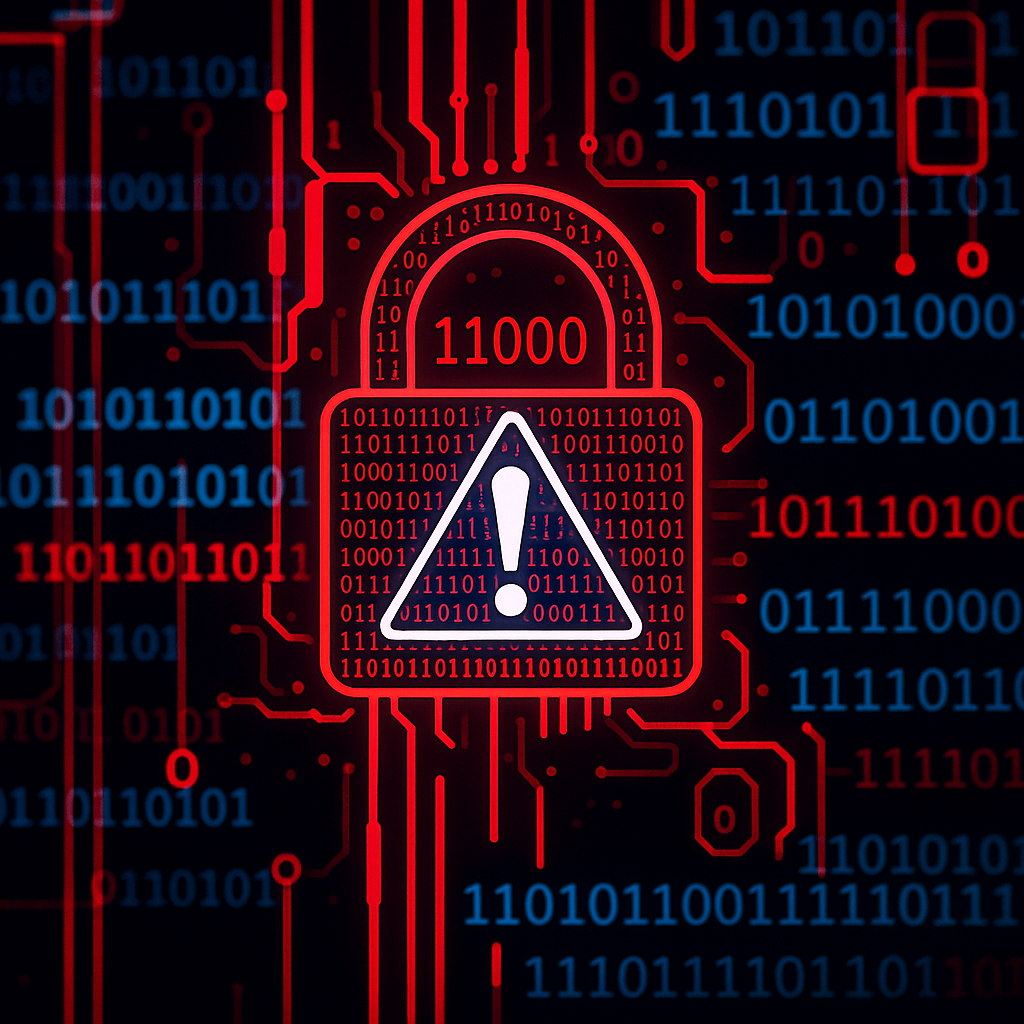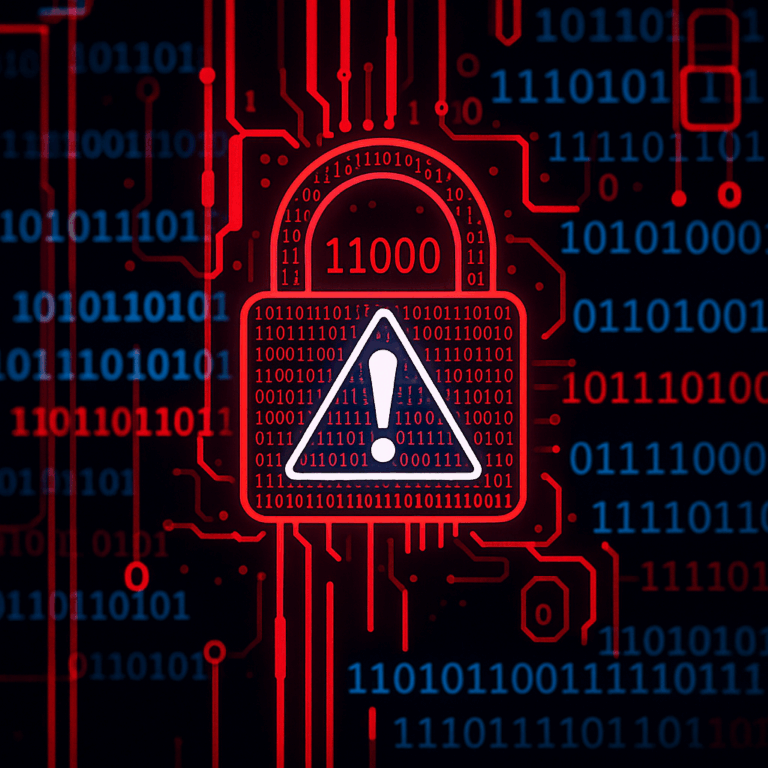At the intersection of innovation and vulnerability lies an exciting yet challenging frontier: the realm of cybersecurity infused with artificial intelligence (AI). Picture this: in our digital age, where technology touches every facet of our lives, safeguarding sensitive information is akin to protecting a treasure chest of secrets. Everyone from individuals to sprawling enterprises must navigate this landscape with care. So how do AI-driven tools enhance security measures, and how do they occasionally introduce new threats? Let’s delve into this ever-evolving field where digital risks meet technological ingenuity!
Understanding the Attack
In the digital battlefield, an attack refers to a malicious effort to compromise, disrupt, or steal information from a network or system. These assaults can range from simple phishing ploys to complex, AI-driven intrusions. But what exactly does this mean in real-world terms? Imagine an experienced thief who uses an intricate lock-picking set (AI algorithms) to break into a house (digital system). The goal? To steal valuable possessions (data) without getting caught.
How It Works: AI-Powered Attacks
AI-powered attacks are essentially sophisticated cyber threats that utilize AI to enhance their effectiveness and elusiveness. These attacks often involve machine learning algorithms that can:
- Automate Infection: Malware can automatically adapt to bypass security measures, much like a shape-shifter in disguise.
- Target Precision: AI can help hackers identify and exploit system vulnerabilities with pinpoint accuracy.
- Evolve Over Time: AI threats become more intelligent and harder to detect as they learn from network responses, much like a cunning spy refining their tactics after each mission.
The Significance in Today’s Cybersecurity Landscape
Why should businesses and individuals sit up and take notice? The answer lies in the ever-growing sophistication of cyber threats. In today’s fast-paced digital environment, traditional security measures often lag behind the capability of these advanced attacks. Employing AI in cybersecurity is no longer a futuristic concept but a necessity to stay ahead of potential threats.
- Proactive Defense: AI can detect anomalies and potential breaches in their earliest forms.
- Cost Efficiency: Automated systems can reduce the need for manual monitoring, saving resources and time.
- Predictive Analysis: With AI, cybersecurity becomes not just about defense but also about anticipating future threats.
AI-Driven Threat Detection
AI’s ability to sift through vast amounts of data at astounding speeds equips it with the power to detect and mitigate threats before they manifest. Cybersecurity tools driven by AI employ techniques like:
- Pattern Recognition: Identifying and flagging unusual behavior in network traffic.
- Behavioral Analytics: Studying user patterns to pinpoint anomalies that may indicate a breach.
Challenges and Considerations
With great power comes great responsibility—and certain dilemmas. While AI offers exciting possibilities, it also poses specific challenges:
- Data Privacy: Amassing large datasets for AI training can raise privacy concerns.
- Bias in Algorithms: Faulty algorithms might lead to false positives or missed threats.
- Dependence on Technology: Over-reliance on AI could leave gaps if systems are not impeccably maintained.
Real-World Applications and Future Implications
Organizations across the globe are embracing AI-driven cybersecurity solutions to protect their assets. For instance, financial institutions utilize AI to prevent fraud by analyzing transaction patterns in real-time. Meanwhile, healthcare facilities safeguard patient data through anomaly detection systems.
As AI evolves, its role in cybersecurity will likely expand further. We can expect heightened precision, advanced predictive capabilities, and broader applications across different sectors.
Given the escalating threat landscape, professionals in cybersecurity must remain vigilant. By harnessing AI’s potential, they can develop robust strategies to outsmart cyber adversaries. The takeaway? Adapt, innovate, and stay informed—because in the digital world, the only constant is change.
Conclusion
In an era where technological advancements bring about new challenges, staying informed is half the battle won. AI’s integration into cybersecurity marks a significant milestone in enhancing defense capabilities. As we navigate this complex landscape, understanding the intricacies of AI-driven attacks and solutions is crucial for maintaining secure digital environments. Let’s embrace this digital revolution with caution, curiosity, and a commitment to staying one step ahead.
References
You can find more information on AI and Cybersecurity Trends at The Hacker News.







